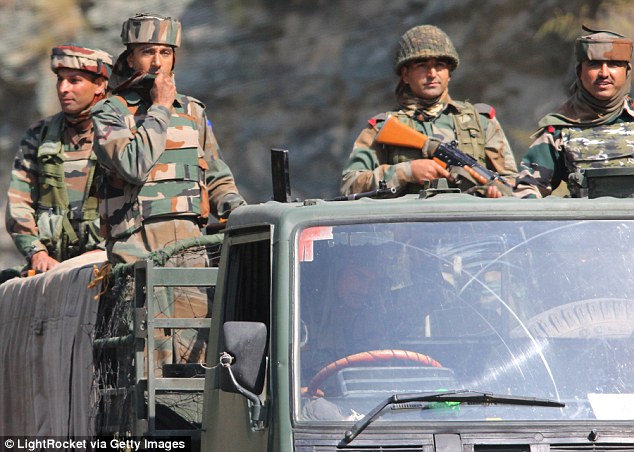India accelerates weapons purchases in wake of border clash with China

India has accelerated the domestic and foreign purchase of weapons in the wake of a border clash between Indian and Chinese troops.
Sino-Indo relations are suffering after a skirmish with Chinese troops on June 15 in Galwan Valley. India said 20 of its soldiers were killed, as were Chinese soldiers. Chinese officials have not confirmed any casualties.
The Defence Acquisition Council on Friday approved a collection of arms procurement projects worth $5.55 billion, including domestic efforts worth $.4.44 billion. DAC is an apex-level body that falls under the purview of the Ministry of Defence.
Under the approval, India will upgrade 59 of its MiG-29 aircraft and buy 21 more from Russia for about $1 billion. In addition, India will order 12 Russian-made Su-30MKI fighters from the local state-owned company Hindustan Aeronautics Limited for $1.53 billion.
The government has also approved several indigenous development programs, including ammunition for Pinaka multi-barrel rocket launchers; an armaments upgrade of BMP-2 infantry combat vehicles; software-defined radios; Nirbhay land-attack cruise missiles; and Astra beyond-visual-range missiles.
The government also approved the emergency purchase of Excalibur artillery rounds for M777 ultralight howitzers from the United States, Igla-S air defense systems from Russia and Spike anti-tank guided missiles from Israel.
As part of the procurement effort, Indian Defence Minister Rajnath Singh and Defence Secretary Ajay Kumar visited Moscow from June 22-25 and met with Russian Defence Minister Sergei Shoigu, Deputy Prime Minister Yury Borisov and chief of Rosoboronexport Alexander Mikheev.
An MoD official said India requested the immediate supply of spare parts for Su-30MKI fighters, Kilo-class submarines and T-90 tanks, as well as the emergency purchase of missiles and specialized ammunition for Russian-origin fighter jets, tanks, warships and submarines.
DAC-approved projects are expected to be awarded within a year, with technology induction starting after about three years. For fast-track and emergency purchases, induction is to begin within a month and be completed within a year.
(Source: Defense News)



Post A Comment
No comments :